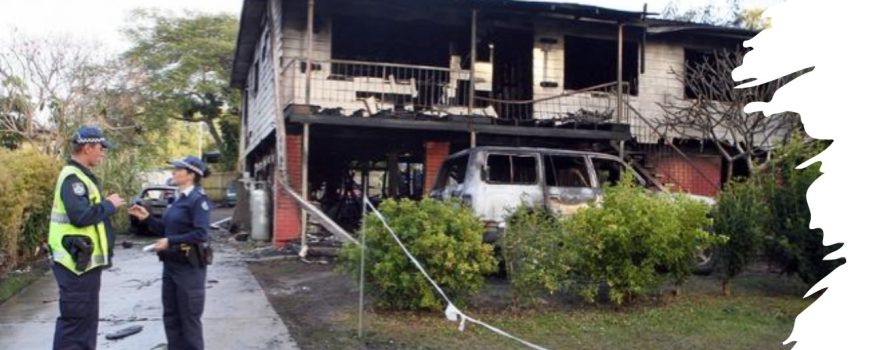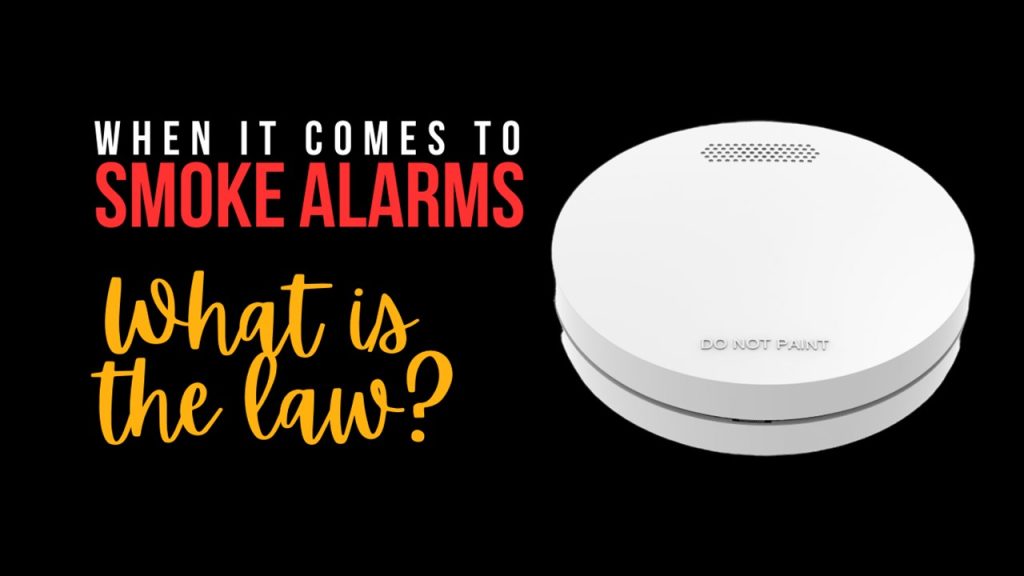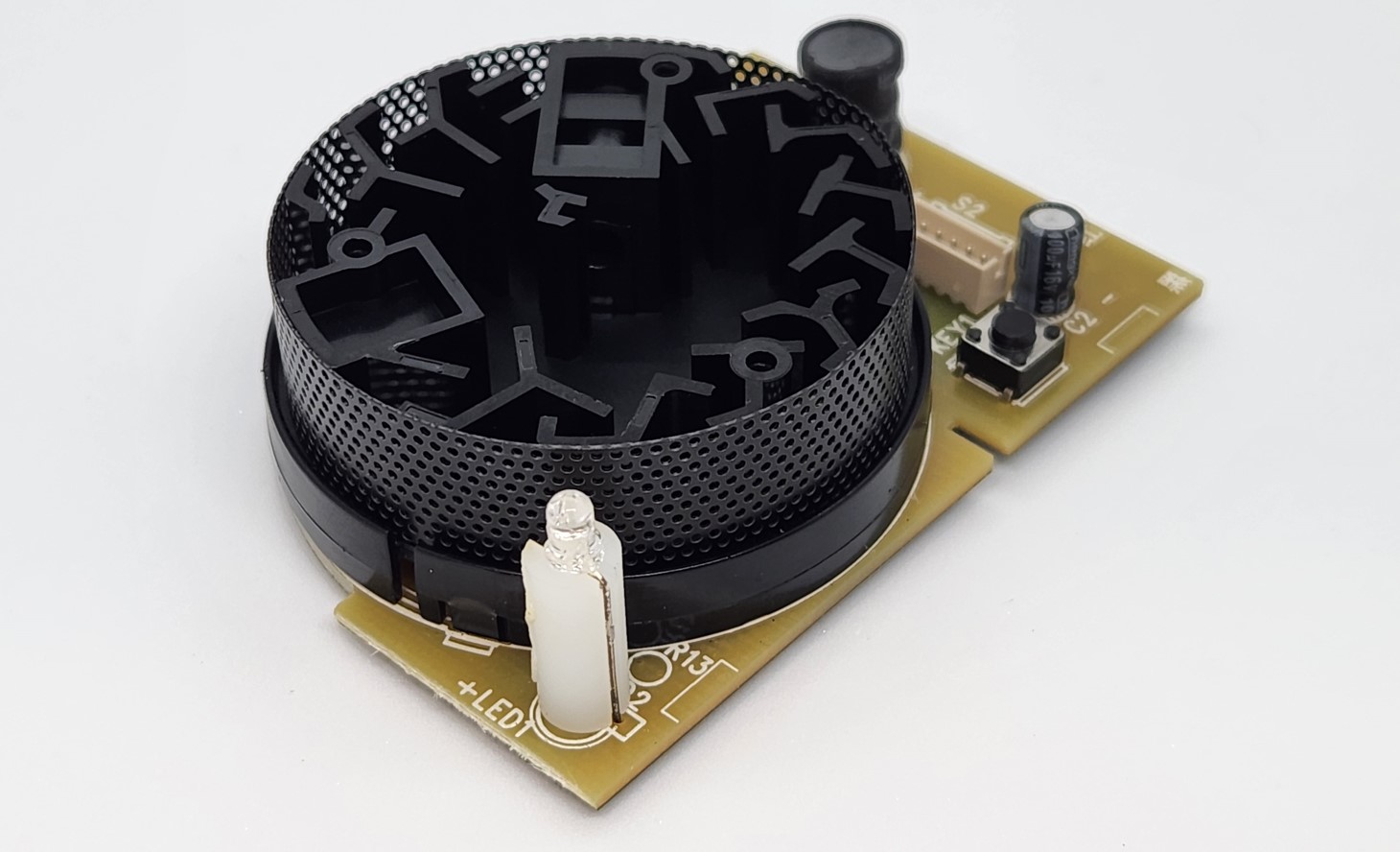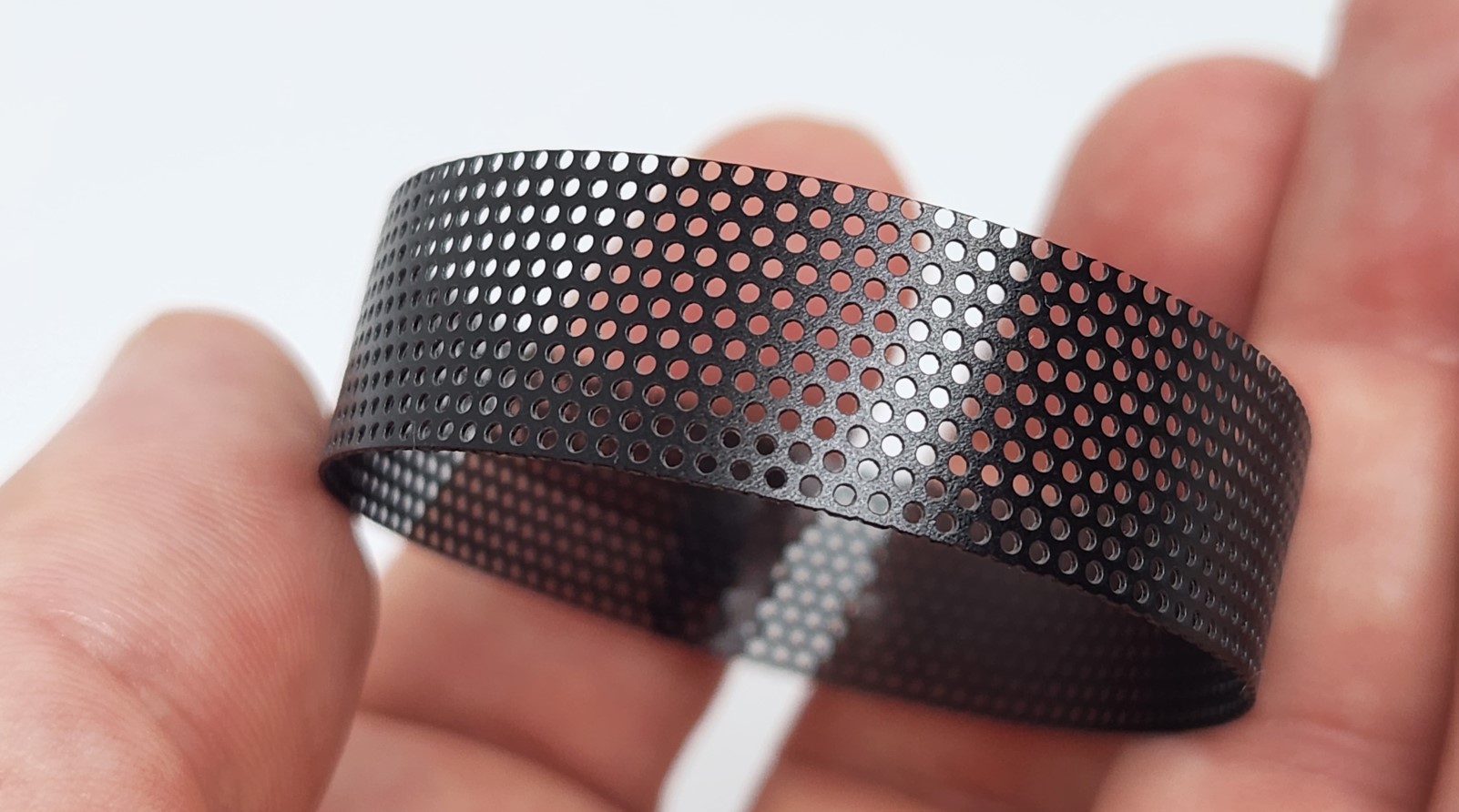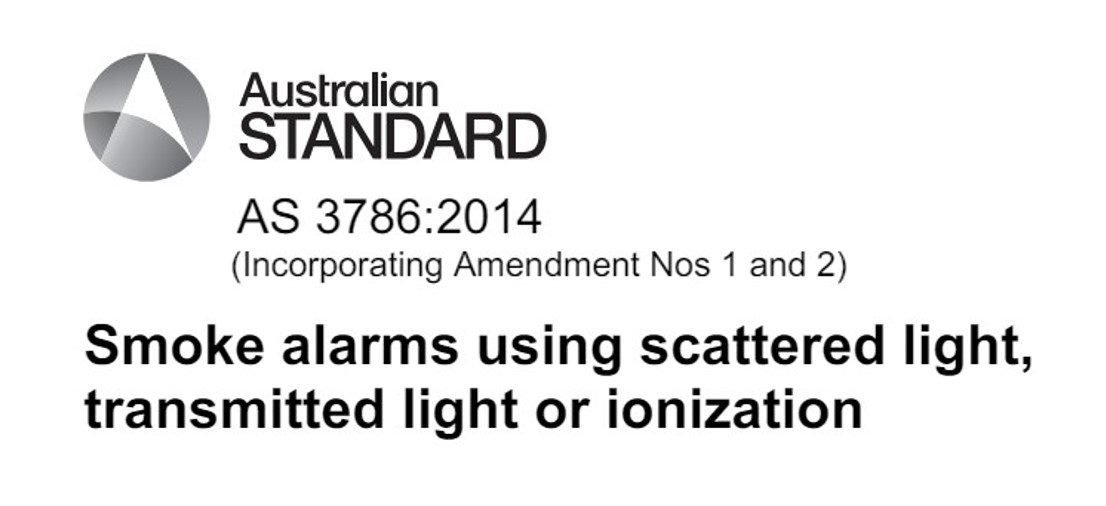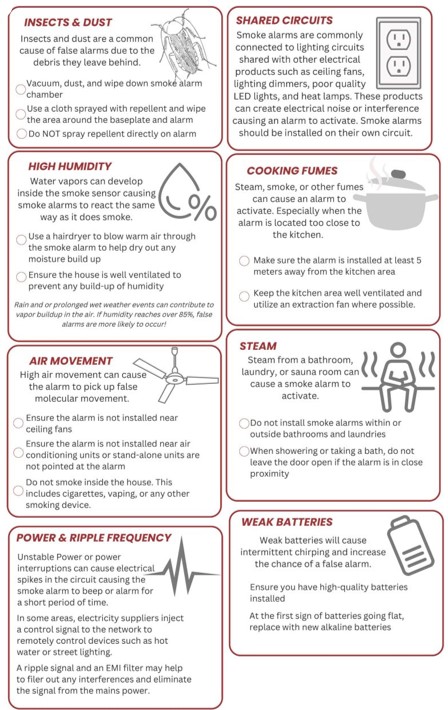These new QLD smoke alarm laws have been implemented due to several fires which have tragically resulted in multiple fatalities in each instance.
Coronial inquest findings noted that had each property been fitted with functioning interconnected photoelectric smoke alarms in prescribed locations, the occupants may have stood a better chance of survival.
Early smoke / fire detection improves escape time from a burning building. During a fire emergency, it was not only the heat and flames themselves which presented a life-threatening hazard, many victims were first overcome by an accumulation of smoke and toxic fumes.
Russell Island House Fire – Brisbane 2023
In the early morning of 6th August 2023, Emergency Services were called to a house fire on Russell Island, just off Brisbane’s southeast coast. The cause of the house fire remains undetermined, however it resulted in the loss of six lives – five young boys and their father who returned to the inferno in an attempt to rescue his children. The fire also destroyed two neighbouring homes and left several people needing treatment for burns and smoke inhalation.
The landlord and home owner was subsequently charged and fined for failing to install legally required and compliant smoke alarms in the Queensland rental property.
Slacks Creek House Fire – Brisbane 2011
Just before midnight on 23rd August 2011, an accidental fire ripped through a house in Slacks Creek, South Brisbane.
The fire was to cause the greatest loss of life in a domestic house fire in Australian history, with a total of 11 people (including many children) perishing due to smoke inhalation.
A finding from the 2014 Coronial Inquest stated that;
‘Once this particular fire started, it is likely that some or all of the deaths would have been prevented if the sleeping occupants had been quickly awoken and had realised that they needed to leave the house as quickly as possible … smoke alarms were either not present in the dwelling or were not maintained’.
Many recommendations from the Coronial Inquest were incorporated into the QLD Building Fire Safety (Domestic Smoke Alarms) Legislation Amendment Regulation 2016.
The legislation itself may be viewed at the Queensland Government website below;
https://www.legislation.qld.gov.au/view/pdf/asmade/sl-2016-0221
Palace Backpackers Fire – Childers 2000
On 23rd June 2000 at 1am a disgruntled resident deliberately lit a fire inside the Palace Backpackers Hostel in Childers, southeast Queensland.
The fire spread rapidly throughout the old timber building and the hostel did not have working smoke detectors or alarms. The result? 15 young people sadly lost their lives. The arsonist was captured by police and sentenced to life in prison. The devastating effect of this event is still evident on the local township to this day.

Want to know more? Watch our ZEN quick start video or call us on 0478 596 402 today.
We love talking smoke alarms!
ZEN Photoelectric Smoke Alarms
New Farm, QLD, 4005

